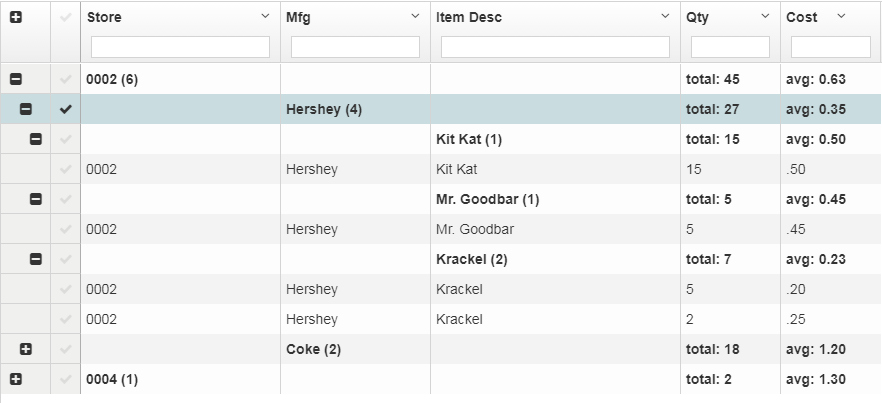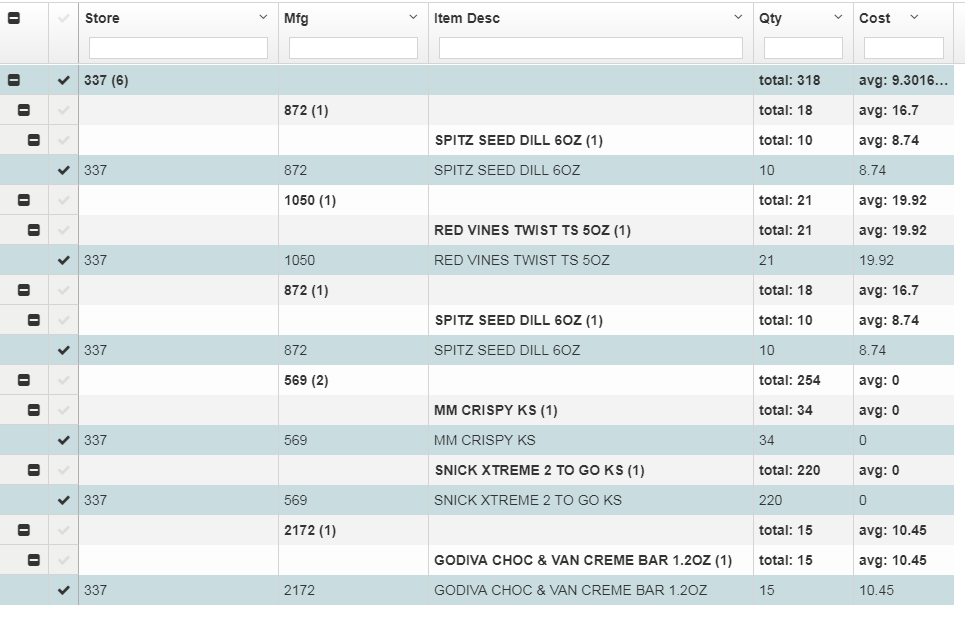I checked the documentation and I don't think there's any exposed API Method. You could recursively select/deselect rows as a solution. Please try out the example below.
$scope.gridApi.selection.on.rowSelectionChanged($scope, function (rowChanged) {
console.log(rowChanged.treeLevel);
if (typeof(rowChanged.treeLevel) !== 'undefined' && rowChanged.treeLevel > -1) {
var children = $scope.gridApi.treeBase.getRowChildren(rowChanged);
selectChildren(children, rowChanged.isSelected);
}
});
function selectChildren(gridRows, selected) {
if (gridRows && gridRows.length > 0) {
gridRows.forEach(function (child) {
if (selected) {
$scope.gridApi.selection.selectRow(child.entity);
} else {
$scope.gridApi.selection.unSelectRow(child.entity);
}
var children = $scope.gridApi.treeBase.getRowChildren(child);
selectChildren(children, selected); //recursively select/de-select children
});
}
}
Here's a working Plunkr: http://plnkr.co/edit/XsoEUncuigj9Cad1vP5E?p=preview
Handling automatic deselection is a bit more tricky though as it seems the api doesn't handle that really well.
UPDATE
So I checked the jsFiddle you shared and managed to get it working with a slight tweak.
I modified the selectionHandler to the following:
onRegisterApi: function(gridApi) {
$scope.gridApi = gridApi;
$scope.gridApi.selection.on.rowSelectionChanged($scope, function(rowChanged) {
if (rowChanged.treeNode.parentRow) { //Added this parent row selection
rowChanged.treeNode.parentRow.setSelected(rowChanged.isSelected);
}
console.log(rowChanged.treeLevel);
if (typeof(rowChanged.treeLevel) !== 'undefined' && rowChanged.treeLevel > -1) {
var children = $scope.gridApi.treeBase.getRowChildren(rowChanged);
selectChildren(children, rowChanged.isSelected);
}
});
Please see this fork of your code: https://jsfiddle.net/1eg5v77w/
The downside with this is that if you select a low level entry (one without children) it will still select its parent. If you really really want this to work as well, you'll have to access the DOM and make some ugly checks.
$scope.gridApi.selection.on.rowSelectionChanged($scope, function(rowChanged, $event) {
var wasHeaderRowClicked = true;
try { //This can be written more beautifully if you used jQuery. But I would still be against it as it relies on the class of the ui-grid never changing when you update your ui-grid version.
wasHeaderRowClicked = $event
.srcElement
.parentElement
.parentElement
.parentElement
.previousElementSibling
.firstChild
.firstChild
.firstChild
.getAttribute('class') === 'ui-grid-icon-minus-squared';
} catch(err) { console.log('Couldnt determine if header row was clicked'); }
if (rowChanged.treeNode.parentRow && wasHeaderRowClicked) {
rowChanged.treeNode.parentRow.setSelected(rowChanged.isSelected);
}
console.log(rowChanged.treeLevel);
if (typeof(rowChanged.treeLevel) !== 'undefined' && rowChanged.treeLevel > -1) {
var children = $scope.gridApi.treeBase.getRowChildren(rowChanged);
selectChildren(children, rowChanged.isSelected);
}
});
Here is the fiddle: https://jsfiddle.net/Lf8p7Luk/1/
I'd also like to add, thanks to this post, that according to the UI-Grid documentation: Group header rows cannot be edited, and if using the selection feature, cannot be selected. They can, however, be exported.
So it is intentional that it's so difficult to get this to work because it's not the intended design. My recommendation would be to alter your logic to either use Tree Levels or get around the selection logic because even though my fork is currently selecting everything, you will most likely run into other issues down the road. For example: I couldn't get automatic deselection to work in the grid when you click on another group header.


